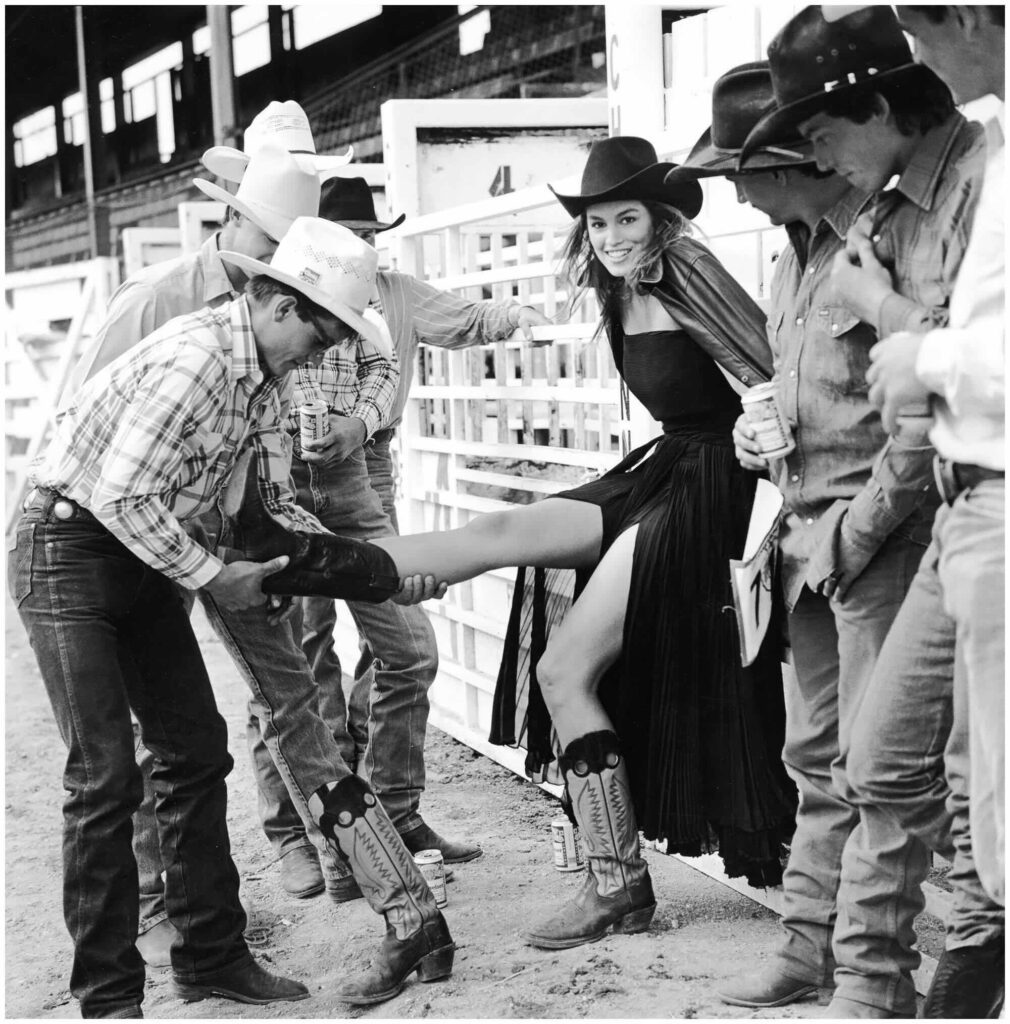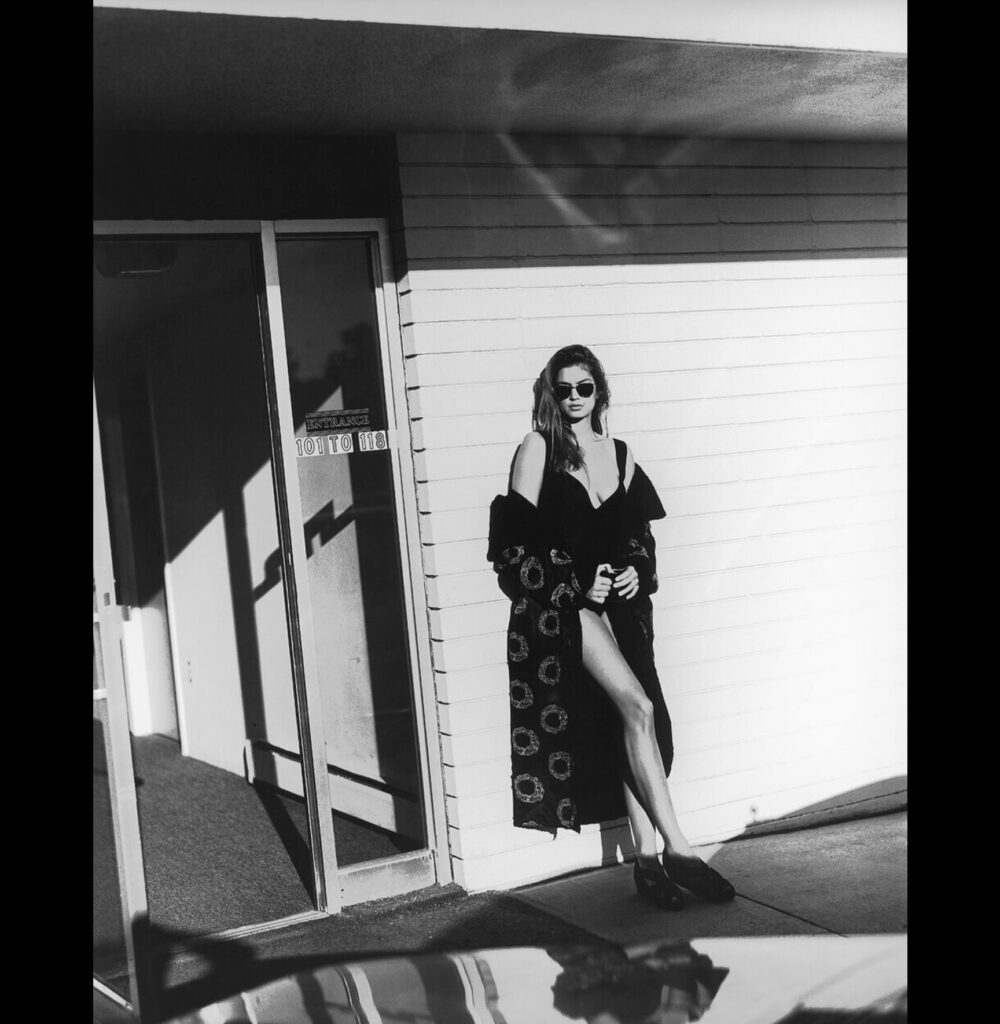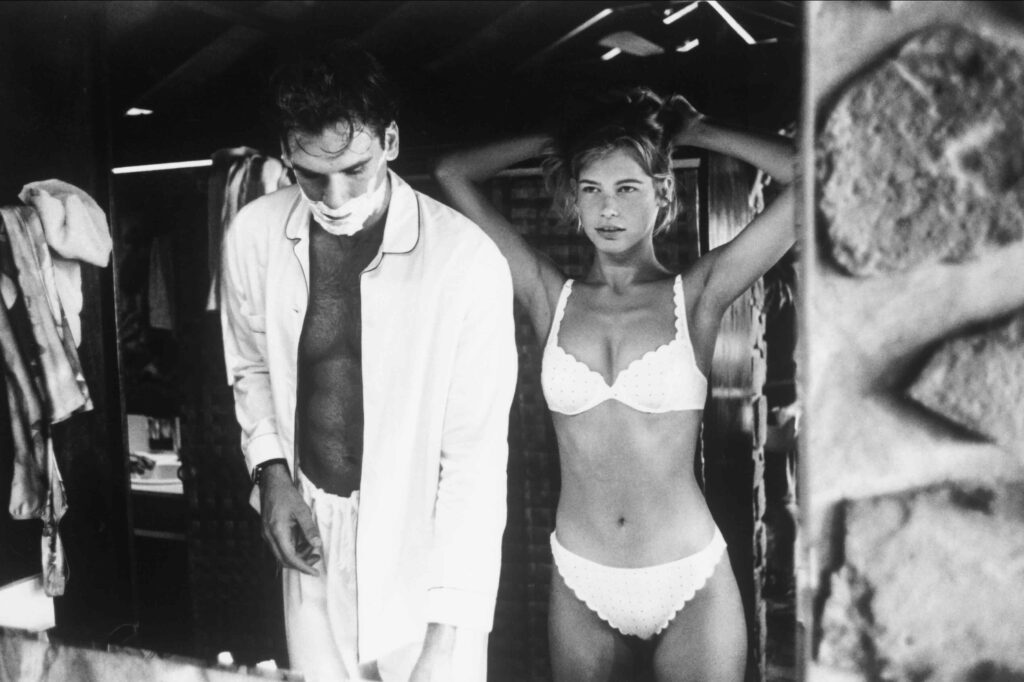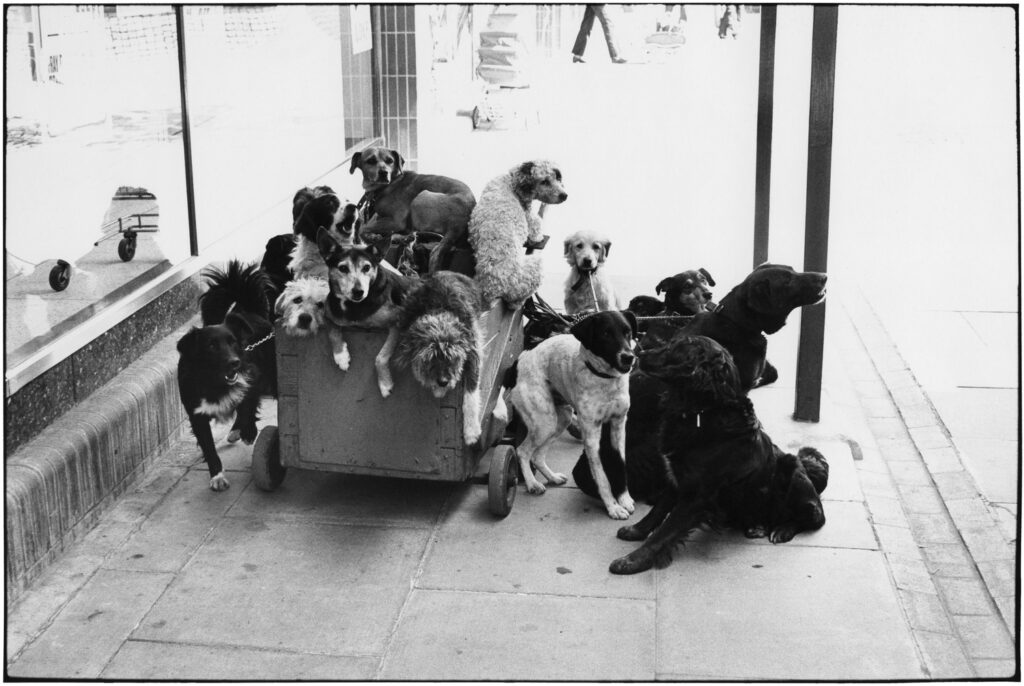Arthur Elgort
Arthur Elgort (b. 1940) has stylistic freedom that allows the spontaneous energy and joy of the moment to be expressed through an image. His photographs have the unforced look of a personal snapshot, yet they simultaneously serve as iconic chronicles of contemporary culture. As one of the first fashion photographers to depict models in more natural and unpredictable settings—with little makeup and often outdoors—Elgort helped define the visual language of late 20th-century fashion. His images of supermodels such as Christy Turlington and Naomi Campbell for magazines and campaigns brought a new sense of vitality to the genre.
Born and raised in New York City, Elgort initially trained as a painter, but found photography better suited his desire for human connection and immediacy. His early work photographing ballet dancers revealed his sensitivity to movement, which would go on to shape his dynamic, improvisational style. Elgort gained widespread attention in 1971 when British Vogue published his playful images of a model with a dog—ushering in a new era of fashion photography that embraced informality and spontaneity.
Elgort’s hallmark was liberating models from rigid, posed compositions, encouraging motion, interaction, and authentic expression. During shoots, he often moved with his subject, creating what he described as a kind of dance—constantly talking and clicking the shutter until natural, candid moments emerged. “He just sort of keeps talking and shooting, and eventually the models’ defenses break down and they’re just quite happy to leap over a wall,” said his longtime collaborator Grace Coddington. Elgort’s images are filled with buoyancy and warmth, informed by his keen eye for gesture and his ability to capture fleeting, joy-filled moments.
Over his decades-long career, Elgort has produced iconic work for Vogue, Rolling Stone, Glamour, and GQ, and has helped shape the careers of fashion’s most legendary models, including Kate Moss, Claudia Schiffer, and Naomi Campbell. His work is held in the permanent collections of institutions including the International Center of Photography in New York, the Victoria and Albert Museum in London, and the Museum of Fine Arts, Houston. Elgort continues to live and work in New York, where he remains a vital figure in contemporary photography.
Photography & Works
-

Arthur Elgort
Apollonia, British Vogue Add to cart -

Arthur Elgort
Audrey Marnay in Paris, Vogue Add to cart -

Arthur Elgort
Christy Turlington and Linda Evangelista, 1989 Add to cart -

Arthur Elgort
Christy Turlington at La Coupole, Paris, British Vogue Add to cart -

Arthur Elgort
Christy Turlington wearing Azzedine Alaia, NYC Add to cart -

Arthur Elgort
Christy Turlington, New Orleans Add to cart -

Arthur Elgort
Cindy Crawford Cheyenne, WY, Vogue Italia Add to cart -

Arthur Elgort
Cindy Crawford in Cheyenne, Wyoming, Vogue Italia Add to cart -

Arthur Elgort
Cindy Crawford in YSL, Paris, British Add to cart -

Arthur Elgort
Cindy Crawford, New York Add to cart -

Arthur Elgort
Cindy Crawford, New York City, Vogue Add to cart -

Arthur Elgort
Claudia Schiffer and Bill in Petit St. Vincent, British Vogue Add to cart -

Arthur Elgort
Coco Rocha, New York City, Vogue Japan Add to cart -

Arthur Elgort
Getting Ready, Vaganova Ballet Academy, St. Petersburg, Russia Add to cart -

Arthur Elgort
Haylynn and Lida in Ferre, Chateau Add to cart -

Arthur Elgort
Heather, Susan and Irene, Italian Add to cart -

Arthur Elgort
Hide and Seek, Paris Add to cart -

Arthur Elgort
Iman in YSL, Vanity Fair Add to cart -

Arthur Elgort
Isabelle Townsend, Miami Beach, French Vogue Add to cart -

Arthur Elgort
Jeny Howorth, Rome, Italian Vogue Add to cart -

Arthur Elgort
Kate Moss (and elephant) in Nepal, British Vogue Add to cart -

Arthur Elgort
Kate Moss (Climbing the Elephant) in Nepal, British Vogue Add to cart -

Arthur Elgort
Kate Moss (Flowers in Hair) Paris, Vogue Italia Add to cart -

Arthur Elgort
Kate Moss (in row boat), Paris, Vogue Italia Add to cart
News & Articles

Best in Show @ JL Modern

Simple Pleasures: Playtime

Simple Pleasures: The simple joys of a walk in the park

Art Miami 2024

Iconic Photographs: Pictures that Stand the Test of Time

Summer Snapshots: A Celebration of Sunlit Moments

Rhythms of the City

Art Miami 2023

Arthur Elgort’s Romance: Christian Delacroix Haute Couture Atelier

The Curious and Creative Eye – The Visual Language of Humor

Temperatures Rising: Surrender to the Heat

Photo London 2022

Palm Beach Modern + Contemporary Art Fair 2022

To Move Freely in a Frame

Fashion with an Edge

Art Miami 2021

Exhale

